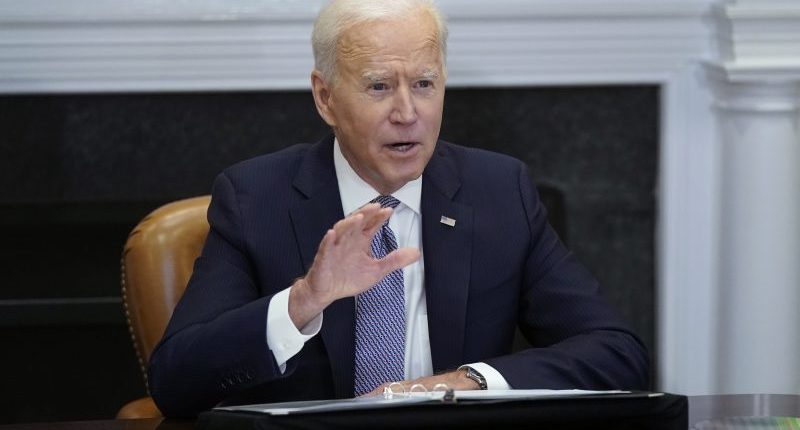Share this @internewscast.com

(NEXSTAR) — Joe Biden, who served as President, has been identified with an aggressive type of prostate cancer at the age of 82, as shared by his personal office on Sunday. He is reportedly looking into possible treatment methods.
The diagnosis followed a routine medical check-up that discovered a “small nodule” on Biden’s prostate earlier this month, as previously noted by Nexstar’s The Hill. A spokesperson informed affiliate NewsNation that the finding required additional scrutiny.
Last week, Biden consulted with doctors concerning urinary symptoms and the nodule. On Friday, it was confirmed that he has prostate cancer, with the disease having metastasized to his bones.
Prostate cancers are given a score called a Gleason score that measures, on a scale of 1 to 10, how the cancerous cells look compared with normal cells. Biden’s office said his score was 9, suggesting his cancer is among the most aggressive.
Prostate cancer is the second-most common cancer among men in the U.S., coming in behind skin cancer, according to the Prostate Cancer Foundation. One in eight men in the country will be diagnosed with prostate cancer in their lifetime, the organization said. This year alone, it’s estimated that more than 313,000 men in the U.S. will be diagnosed with prostate cancer.
As with other cancers, prostate cancer is brought on by normal cells in the prostate becoming altered and growing “in an uncontrolled way.” These altered cells can then form masses, or tumors.
Possible symptoms can include changes in urinating, like having to urinate frequently, difficulty starting or holding it back, a weak or interrupted flow of urine, painful or burning urination, and blood in urine, the PFC explains. The organization notes, though, that these symptoms may be due to other causes.
“Unfortunately, early warning signs for prostate cancer are rare,” it adds. “The growing tumor usually does not push against anything to cause pain, so the disease may be silent for many years.”
Health experts typically recommend prostate cancer screenings at around age 50 or 55. After age 70, screenings usually stop, the Cleveland Clinic says.
Diagnosed early, there are many treatment options available, according to the Mayo Clinic. The same is true even if it grows beyond the prostate and spreads, but the cancer can, however, become more difficult to cure. Still, there are options to slow the cancer’s growth.
Treatment options can include surgery and multiple forms of therapy: beam radiation, brachytherapy, ablation, hormone, immunotherapy, targeted, and radiopharmaceutical.
The Cleveland Clinic says that when prostate cancer is diagnosed early, 99% of patients live at least five years after diagnosis. When the cancer has metastasized or spread, the survival rate drops to about 32%.
A statement from Biden’s office noted that while his diagnosis “represents a more aggressive form of the disease, the cancer appears to be hormone-sensitive, which allows for effective management.”
“The President and his family are reviewing treatment options with his physicians.”
Biden, 82, had a lesion removed from his chest during a physical exam in 2023. It was determined to be a basal cell carcinoma, according to The Hill. Two years prior, he had a polyp removed from his colon that was a benign, but potentially pre-cancerous lesion.
In 2022, Biden made a “cancer moonshot” one of his administration’s priorities with the goal of halving the cancer death rate over the next 25 years. The initiative was a continuation of his work as vice president to address a disease that had killed his older son, Beau.
The Associated Press contributed to this report.

















